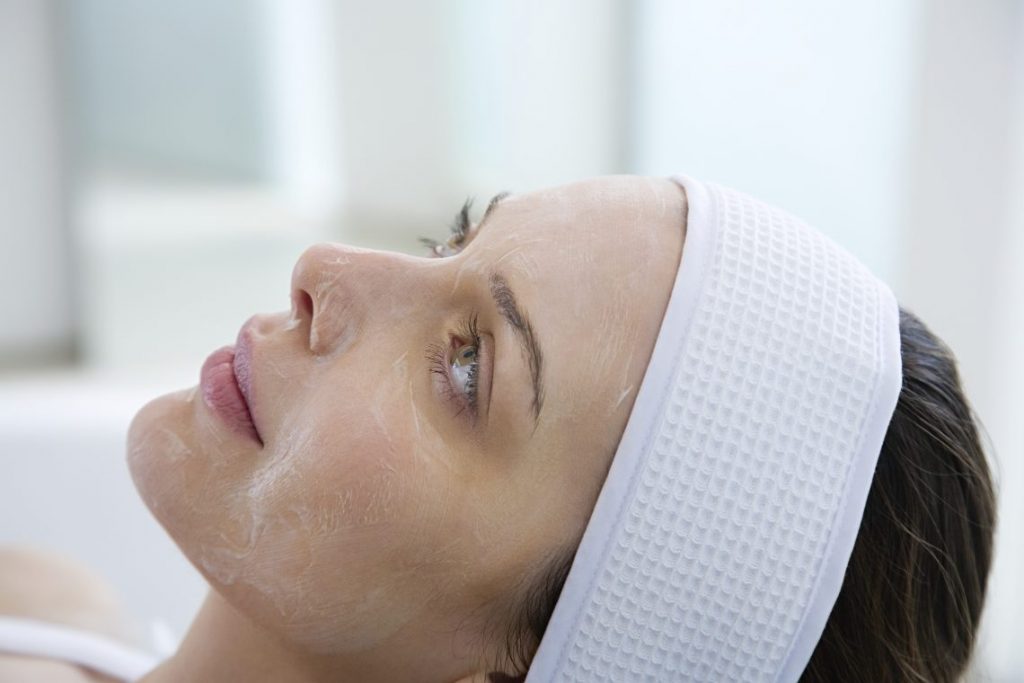This method of exfoliating and rejuvenating the skin involves applying medical acids, such as glycolic, salicylic, lactic, or combination, to induce exfoliation and a subsequent “peeling” of the skin, similar to a mild sunburn. Different acids accomplish different results. A consultation will determine which peel is right for your skin type.

Glycolic acid (Glytone™) is a water-soluble acid derived from sugar. With one of the smallest molecules, this acid quickly penetrates the skin and helps break up the intercellular cement that bonds skin cells together so that the dead and damaged skin can break free. This method may produce a mild burning or tingling sensation. You may find glycolic acid in lower concentrations in a number of daily-use skin care products. Glycolic acid treatments are appropriate for most individuals and skin conditions and effective in rejuvenation and slowing the aging process.
For maximum results, glycolic peels start with a low concentration (20 or 30 percent) and increase with each subsequent treatment (i.e., 20-30 percent, 30-40 percent, 40-50 percent). We recommend starting with a series of six peels spaced two to four weeks apart.
Salicylic Acid is an oil-soluble acid derived from birch bark, willow bark, or wintergreen leaves. This acid primarily breaks up oil and is used in low concentrations in some acne products on the market. Skin plagued by acne and acne scars may benefit most from higher levels of salicylic acid peels, but photo- or sun-damaged skin also responds well to this treatment. Salicylic acid also neutralizes itself, reducing the possibility of damage. We recommend a series of six peels, three to four weeks apart. Please note, this acid contains an ingredient similar to aspirin. Individuals with allergies to aspirin should avoid this type of acid treatment.
